
Viewpoints | Apr 26,2025
Apr 6 , 2024
By Willem H. Buiter , Ebrahim Rahbari,
The consequences of inaccurate inflation forecasts shape monetary policy decisions that affect millions. The misjudgment of inflation's trajectory can influence interest rates, employment, and household spending power. Underestimating the Great Inflation revealed the real-world implications of such forecasting errors, calling for models that mirror the complexity of human economic behaviour, write Willem H. Buiter, a former chief economist at Citibank, and Ebrahim Rahbari, an independent strategist and economist, in this commentary provided by Project Syndicate (PS).
Last year, following the Great Inflation of 2021-22, central banks, leading academics and international institutions issued a smattering of post-mortems. Yet even before the ink was dry on their analyses, inflation forecasts were being revised down almost as fast as they had been revised up during the two preceding years.
For example, in June 2023, the US Federal Reserve's median projection for core year-on-year personal-consumption-expenditures inflation (excluding food and energy prices) in the fourth quarter was 3.9pc, with the Federal Open Market Committee's projections ranging from 3.6pc to 4.5pc. In the event, it was 3.2pc.
Before addressing what forecasters are missing, two clarifications are in order.
First, central banks' inflation forecasts are no worse, and may be somewhat better, than private-sector forecasts, on average – which is what one would expect, given that they tend to have better access to data and more expertise. Second, inflation forecasts have not obviously gotten worse. Yes, the International Monetary Fund (IMF), among others, has noted that inflation forecast errors were 2.5 and five times larger for 2021 and 2022, respectively, than the average for 2010-19. But, the levels of annual inflation in 2021 and 2022 were 1.3 and 2.5 times larger than the 2010-19 average, and the changes in annual inflation rates were 2.6 and 7.1 times larger.
The benign interpretation is that the shocks got bigger, not that inflation forecasting became less competent. But an obvious rejoinder is that forecasts do not particularly matter when the variable being forecasted does not change much. We still need to know why forecasts continue to miss the mark.
Two factors are now well-documented.
First, forecasts underestimated the demand impact of massive monetary and fiscal easing, alongside high spending multipliers associated with significant pandemic-related transfers to households. Second, major demand stimulus hit just as supply chains were under major, unexpected strain, owing first to the pandemic and then to Russia's invasion of Ukraine. Shocks are, by definition, difficult to predict, and they were particularly large in 2020-22.
But, the forecasts also had a more fundamental flaw: they lacked realistic representations of price and wage setting. Large shocks differ from small shocks in that they change key features of the transmission mechanism. For example, firms tend to change prices more frequently when faced with large shocks. According to the Fed, during the second half of 2021 and again during the second half of 2022, firms updated prices twice as often as before the pandemic.
Large shocks may well have been the reason. But firms also find it more straightforward to raise prices when others are already doing so, and the combined pandemic and energy shocks probably were an effective coordination device for price increases.
Wage setting is different from price setting. According to a 2009 European Central Bank study, firms tend to change wages about one-third less frequently than prices. Wage growth did pick up throughout 2021-22 as workers quit at record rates (a trend that closely tracked wage pressure). But the models underestimated how long it would take for tight labor markets and large price increases to feed into wage setting. Those delays prolonged the underlying inflationary impulse without necessarily magnifying it in a cumulatNotablyImportantly, many factors that pushed up prices were "one-off" adjustments in response to supply and demand shocks. They called for more significant relative price changes than would have been the case if there had been a shock to trend inflation driven by persistently excessive aggregate demand. This was most evident in the major energy price shock in 20preciselywas exactly that: a relative price shock partly reversed in 2023.
Similar dynamics played out in the prices of goods that were closely tied to energy prices or were immediately affected by major supply-chain strains. These, too, reversed – as we saw with car prices and container freight rates.
There is a vibrant debate about whether firms abnormally raised their profit margins in recent years. A recent Fed study finds that nonfinancial corporate profits rose to 19pc over gross value-added in the second quarter of 2021, up from 13pc in the fourth quarter of 2019. But once prices have risen and profit margins are high, they are less – not more – likely to rise further than before the large price adjustments.
Normalising energy prices, supply chains, and profit margins contributed to the faster-than-expected decline in inflation in the second half of 2023.
The Great Inflation will be as transformational for central banks' models as the 2008 financial crisis was. Back then, the models were adapted to include a more realistic mapping of financial impacts. Now, we need a more realistic treatment of price and wage setting. Specifically, three changes are in order.
Most importantly, understanding inflation requires analysis at the sectoral or sub-sectoral level, ideally in a way that also reflects supply-chain linkages. This will make forecasts even more complex, but there is no way around it. Considering disaggregated data is essential to identifying and disentangling the relevant changes in supply and demand and their persistence. Individual sectors sometimes significantly affect aggregate inflation, with house prices in the US being a prominent example.
Second, forecasts should account for the level (or size) of shocks to capture non-linearities, especially for profit mark-ups. Lastly, forecasts should regularly re-examine changes in circumstances and assumptions. During the Great Inflation, important changes in the US included the major boost to aggregate demand (from monetised fiscal transfers to households), the higher frequency of price adjustments, given the size of the combined supply and demand shock, and the high number of recently refinanced mortgages that locked in low rates.
Fed Chair Jerome Powell, paraphrasing Winston Churchill, recently called forecasters "a humble lot – with much to be humble about." Though they will have learned many useful lessons from the Great Inflation of 2021-22, remaining humble may be the best way to avoid being humbled again.
PUBLISHED ON
Apr 06,2024 [ VOL
25 , NO
1249]

Viewpoints | Apr 26,2025
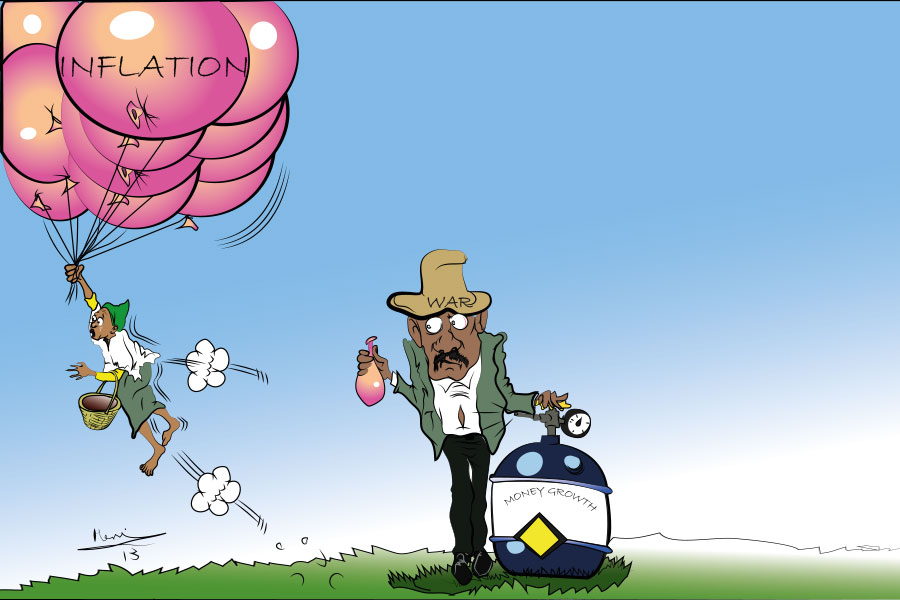
Editorial | Aug 28,2021

Editorial | May 03,2025

Fortune News | Mar 13,2021
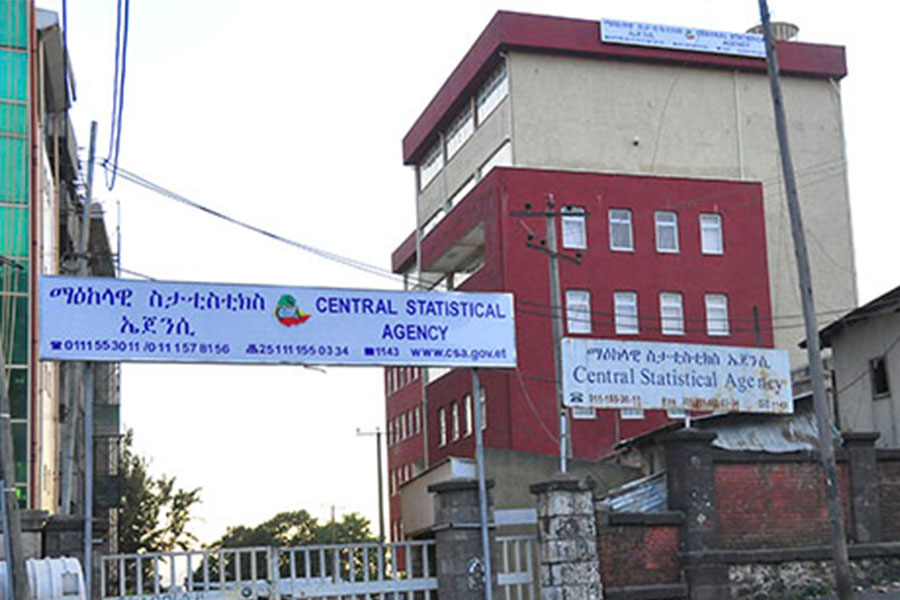
Fortune News | Jan 26,2019
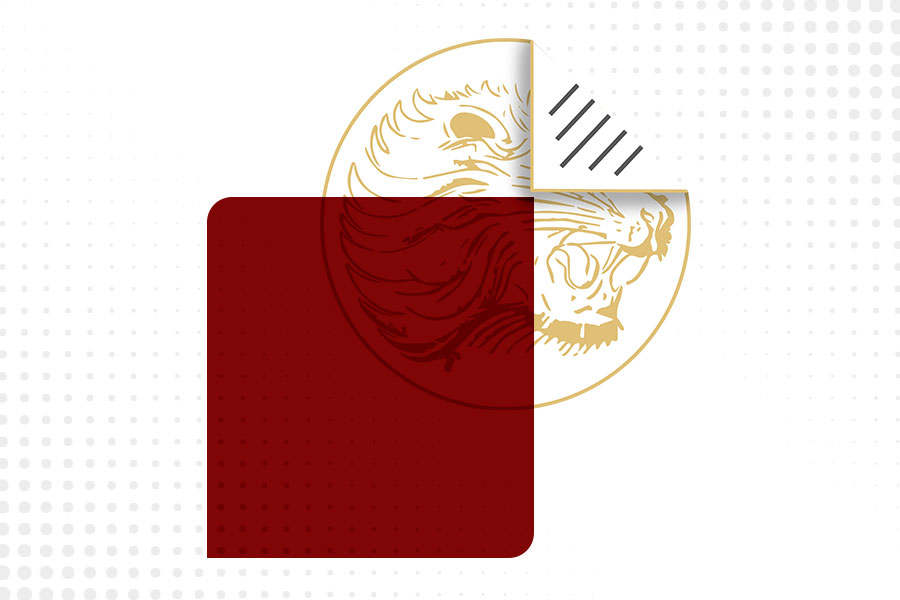
Commentaries | May 07,2022

Agenda | Dec 09,2023

Radar | Oct 27,2024
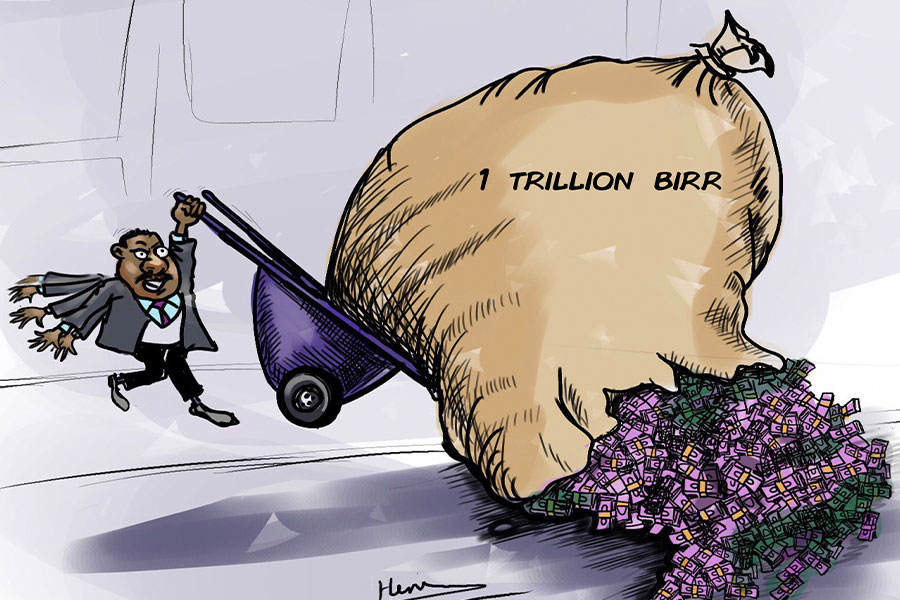
Editorial | Jun 21,2025

Radar | Apr 13,2019

Photo Gallery | 170113 Views | May 06,2019

Photo Gallery | 160360 Views | Apr 26,2019

Photo Gallery | 149969 Views | Oct 06,2021

My Opinion | 136226 Views | Aug 14,2021





Dec 22 , 2024 . By TIZITA SHEWAFERAW
Charged with transforming colossal state-owned enterprises into modern and competitiv...

Aug 18 , 2024 . By AKSAH ITALO
Although predictable Yonas Zerihun's job in the ride-hailing service is not immune to...

Jul 28 , 2024 . By TIZITA SHEWAFERAW
Unhabitual, perhaps too many, Samuel Gebreyohannes, 38, used to occasionally enjoy a couple of beers at breakfast. However, he recently swit...

Jul 13 , 2024 . By AKSAH ITALO
Investors who rely on tractors, trucks, and field vehicles for commuting, transporting commodities, and f...
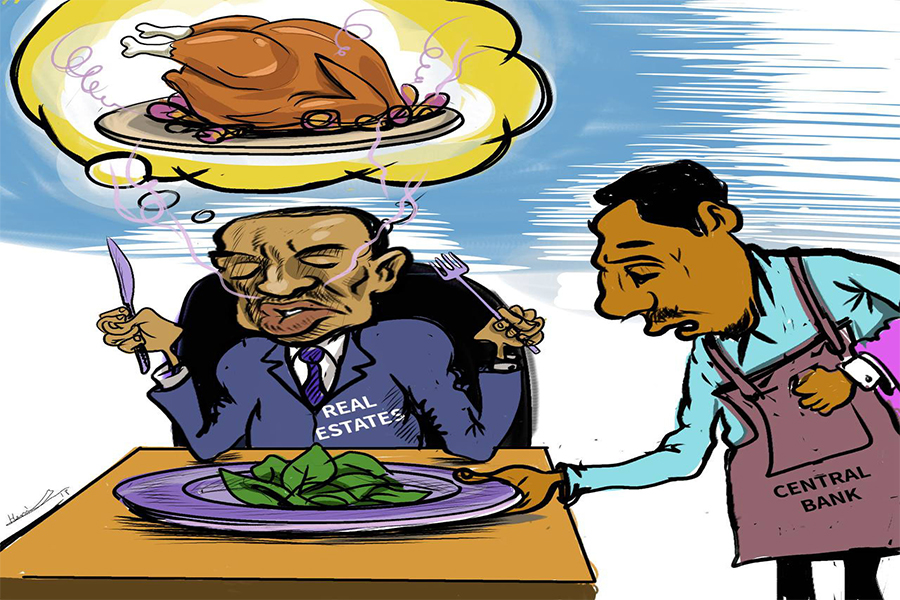
Oct 4 , 2025
Eyob Tekalegn (PhD) had been in the Governor's chair for only weeks when, on Septembe...

Sep 27 , 2025
Four years into an experiment with “shock therapy” in education, the national moo...
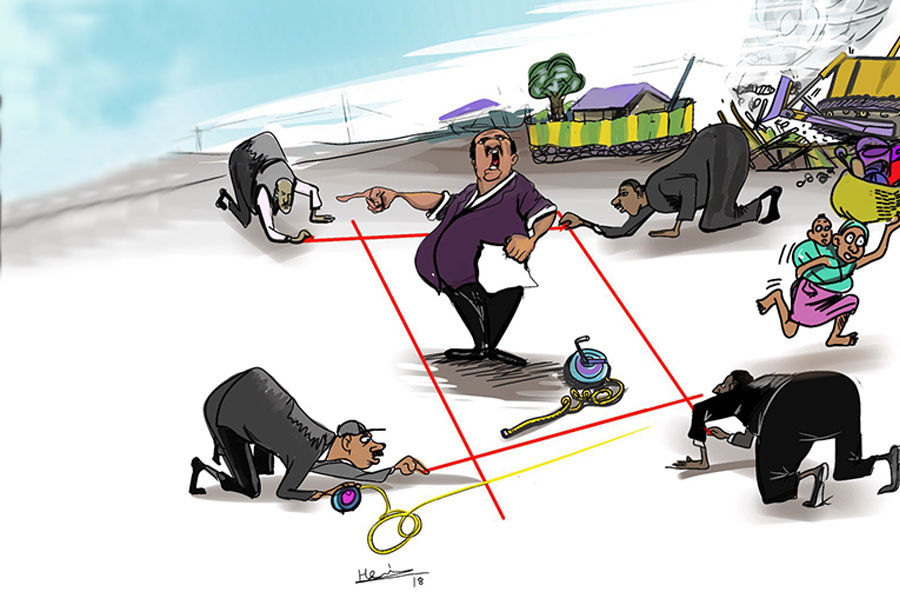
Sep 20 , 2025
Getachew Reda's return to the national stage was always going to stir attention. Once...

Sep 13 , 2025
At its launch in Nairobi two years ago, the Africa Climate Summit was billed as the f...

Oct 5 , 2025 . By NAHOM AYELE
In Meqelle, a name long associated with industrial grit and regional pride is undergo...

Oct 5 , 2025 . By BEZAWIT HULUAGER
The federal government is set to roll out a new "motor vehicle circulation tax" in th...

Oct 5 , 2025 . By NAHOM AYELE
The Bank of Abyssinia is wrestling with the loss of a prime plot of land once leased...

Oct 5 , 2025 . By BEZAWIT HULUAGER
The Customs Commission has introduced new tariffs on a wide range of imported goods i...